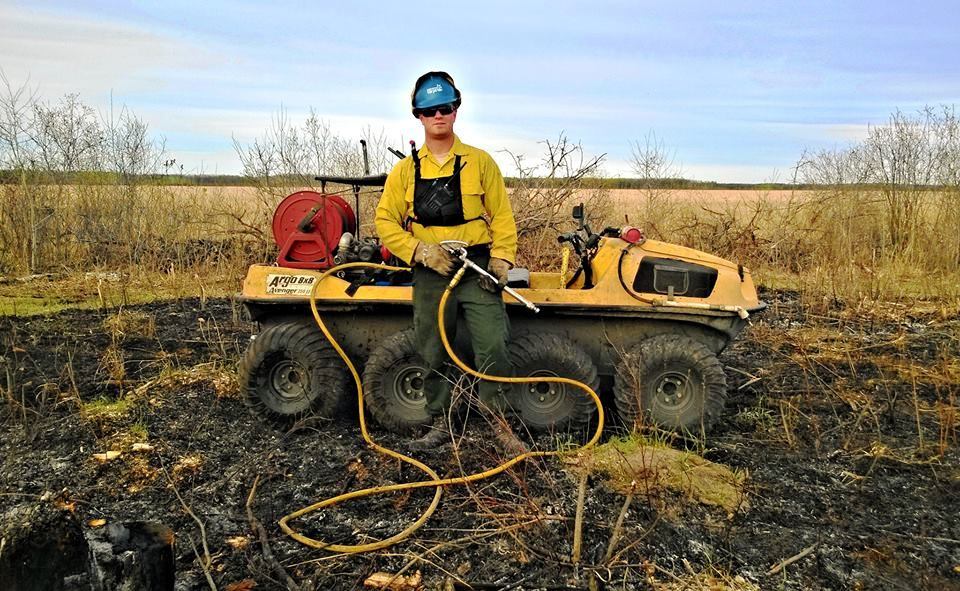Fire in North West


By: Sawyer Denning
Photo credits: Will Jacques
Some of the work we do involves wildland fire. Conservation Corps members not only help firefighters with wildfire suppression, but also help natural resource managers with prescribed burns. Part of our training includes the completion of a week-long course for an Incident Qualification Card, or Red Card. The Red Card is a certification given by the Minnesota DNR that qualifies individuals to work with fire at federal, state, county, and local agency levels.
Corps members most often help with wildland fire ‘mop up,’ which is the work done after flames have been extinguished and the fire is no longer running. In the burned or ‘black’ area, firefighter doing mop up put out smoldering material and clear logs, brush, and other fuels from the edge of the burned area to prevent the fire from reigniting. Mopping up after the fire has been controlled has been my experience with wildfire as part of the North Woods crew.
After a work week is finished, some of us may volunteer during the wildfire season to staff at different stations in NW Minnesota. On a typical day, our crew sits with other firefighters at a local station, waiting for any reports of wildfire. A small plane patrols the district, and firefighters also patrol their district from their trucks. Most often, the fires we have responded to are people who have lost control of a trash or brush pile they are burning on their property.

We also use fire to work for us. For the last three weeks, the North Woods crew has helped The Nature Conservancy (TNC) restore prairie ecosystems by using prescribed fire. The controlled burns kill aspen saplings and other shrubs that would otherwise grow over the grass, out-compete them for sunlight, and eventually completely replace the prairie.
For the fires prescribed by TNC, our crew helps with all stages of the prescribed fire. The first vehicles usually involved in a burn put down a ‘wet line’ using water pumped by an engine mounted in truck beds. Second, a person with a drip torch ignites along the inside of the line. Third, a person in a vehicle with a water pump or walking with a bladder bag monitors the fire as it burns near the wet line, putting out anything burning outside the line, and watching for spot fires that may start from drifting embers. Fourth, a person in a vehicle patrols the perimeter of the burn area making sure nothing has burned outside the prescribed area. With enough crew, more than one person will be assigned to one of these duties. The vehicles we have used have been trucks mounted with rubber tracks, an “Argo” amphibious vehicle, and four and six wheel ATVs.
Most of the prescribed burns we have been involved with have ranged from 15-100 acres. However, recently our crew helped perform a 727 acre burn on the Agassiz National Wildlife Refuge.